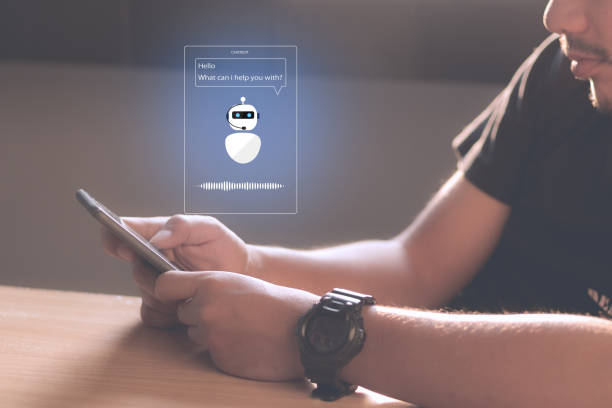Chatbots have continuously grown in popularity among financial technology, banking, and eCommerce providers. Adopting chatbots allowed companies to reduce live human interactions and not hire additional personnel or virtual assistants to accommodate customers during off-hours.
Chatbots can fill in for actual humans as they can communicate with humans through text or text-to-speech through messaging applications, company websites, or voice response systems. Chatbots can handle the following tasks that registered users will usually ask for:
- Answer queries
- Process transactions
- Book meetings
Using chatbots has multiple benefits for organizations, but it also has risks. These risks are more evident in businesses that still rely on knowledge-based authentication systems or KBA systems. Using passwords presents risks as bad actors can exploit weak passwords or use stolen login credentials in the event of a data leak. If a registered user’s login details are leaked, there is a chance that criminals can use it to chat with a chatbot and steal sensitive information.
Replacing KBA systems with device-based authentication and biometric authentication solutions reduces the risk of bad actors accessing sensitive information. User identity verification through biometric data allows businesses to secure their chatbots and keep criminals from accessing the real users’ sensitive information even if they have the right login credentials.
Among the sensitive information that can be secured by using biometric authentication during login and while chatting with the chatbot:
- Social security number (SSN)
- Credit card info
- Bank details
- Other personally identifiable information (PII)
Biometric identification mitigates this risk since bad actors will not have access to any potential victim’s biometric data, especially when the biometric authentication solution continues to verify a user’s identity outside the initial login. Should a massive data leak occur or a user’s device be compromised, biometric authentication will still ensure that only the real user will see their sensitive information.
Mobile facial biometric authentication is one viable replacement for outdated KBA systems since they offer better protection against bad actors and continuously verify a registered user’s identity. Using mobile facial recognition effectively mitigates the risk of data theft since biometric data is not easily stolen. Of course, business owners can implement multi-factor authentication systems by either employing biometric authentication alongside their existing KBA systems or using biometric authentication with device-based authentication.
When looking for other authentication systems to replace knowledge-based ones, businesses must rely on an Identity as a Service provider like authID. Businesses must upgrade their chatbot’s IQ through biometrics, and auhtID’s blogpost provides more information about this. Business owners should consider reading it to learn more and then upgrade their current systems.



